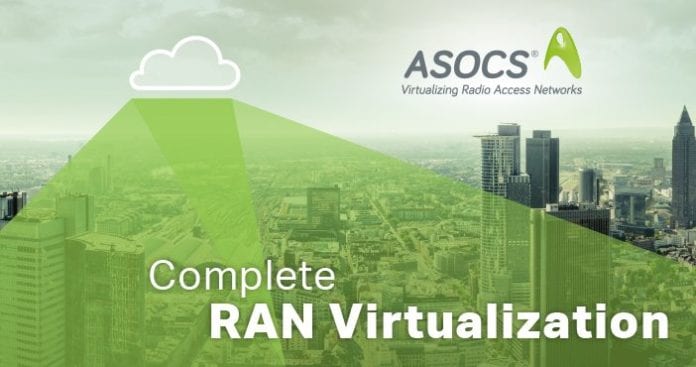At the RAN USA conference in San Francisco at the end of January, Chih-Lin I from China Mobile reminded us ETSI its Network Functions Virtualization (NFV) framework span the entire network, from the core to the RAN. The RAN is an essential part of virtualization efforts to untie functions not only from infrastructure, but also from location.
With virtualization, location does not become irrelevant, as centralizing functionality may at first glance suggest. Rather, location becomes more important as the RAN infrastructure moves to a more centralized location and the core moves toward the edge. The recent work on Mobile Edge Computing (MEC) epitomizes this trend.
ASOCS is working toward a virtual base station (vBS) system architecture that includes L1/PHY virtualization. The new architecture is supported by a modem processing unit (MPU) for hardware acceleration, developed in collaboration with eASIC, and by modem programming language (MPL), a software abstraction layer that enables the software of all base station layers to run in virtual machines on standard Intel Xeon servers. This gives operators the flexibility to deploy vRAN when and where they need it, as ASOCS CEO Gilad Garon reminded us during his presentation at RAN USA.
ASOCS does not shy away from its commitment to full centralization and virtualization – all the way to L1. RAN virtualization is among the most ambitious parts of the NFV architecture, and a compelling one. Virtualizing only a network’s core while leaving the RAN distributed would significantly shrink the benefits of NFV and constrain its disruptive vision.
Gilad presented the ASOCS vision for next-generation networks, the evolution from 4G to 5G, and the growth of the Internet of things (IoT). New verticals, and market segments such as connected cars, will increase the demand for low latency, high volume, high mobility, and ubiquitous connectivity. A common platform and programming language can facilitate the transition to a virtualized RAN that enables the pooling of network resources, and protects investment.


